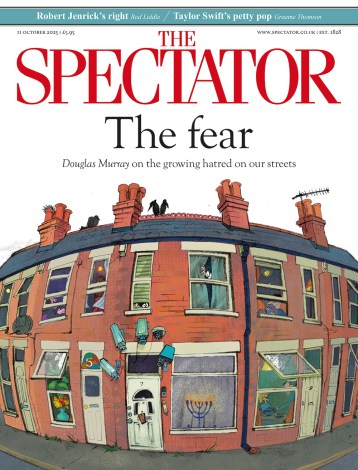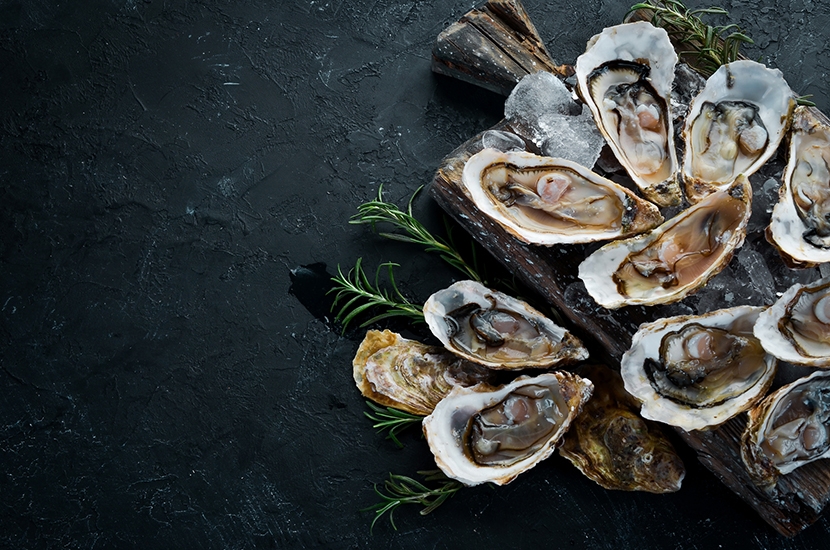A ghost review, now, of a ghost restaurant: the Connaught Grill, which is yet to reopen after pandemic shuttered its renovated self, which opened only in January this year. Cut off at the knees then; or strangled at birth. It feels apt to review something thwarted. I heard it may reopen for Halloween. I hope it does. We need variety in restaurants: to save the art.
I never went to the Grill’s previous incarnation of 1955 to 2000, when it was famous for hosting Michael Caine and Princess Diana (I pull these out at random, but I could have pulled out Lulu and Nicolae Ceausescu) and for resisting nouvelle cuisine in favour of French cuisine, but I did not have to. I knew it from the smell of Jeffrey Archer novels and the TV adaptation of Judith Krantz’s Princess Daisy: the dining room of a gilded life, and untouchable, particularly when you do touch it and it duly melts away. It was a performative ideal, not a dining room; and the ideal was more powerful and interesting than the dining room itself. This is how it should be: the possibilities of wealth are the narcotic; and that is why tycoons — the 1980s phrasing is deliberate — go mad. The truth is more boring, smaller, and more paranoid.

I am very fond of the Connaught Hotel, which is an English hotel run like a German-Swiss hotel, and I understand why I am fond of it: in a great hotel you are a happy child, because all your needs are met. That is why I checked in to the chintz attic on so many lonely birthdays; and that is why I am always happy here, no matter the ruin beyond.
Here, then, was the new Grill, after its two decades of slumber, awoken not with a prince’s slurp, but by the appetite of the international rich to live and dine in London. They have changed the Connaught, but they haven’t broken it; there is something doughty about it, which changing fashions do not dent. Restaurants for the wealthy follow in style homes for the wealthy; it is further tribute. If the former Grill looked like the interior of Balmoral Castle, it was sleeker then; more delicate and with less identity, as if the excess was grasping for some form it could not quite take, and so it chose nothing. There were immense walls of smooth and glossy wood, and pale and plastered ceilings, and booths with orange leather banquettes with screens for privacy — but that is normal: the desire to be seen and not seen, as if a whole culture does not know what it wants. The kitchen was open to the room, which would appal long-dead chefs, who would have to lay off screaming; there were a mere 46 seats. The menu was a combination of comfort food and seafood: there were oysters and scallops, Welsh rarebit and caviar, beef; there was a pie of the day. This was eaten, oddly, with cutlery of the finest kind. It was sharp and heavy: weaponry really, but even at the Connaught savagery is never far away.
I think I loved it more in retrospect than I did at the time, when I took it for granted, but that is normal too.
There were oysters and scallops, Welsh rarebit and caviar
We ate, in our ignorance, marvellous bread, baked in its singular dish, divided into eight parts; langoustines and oysters of amazing freshness; the tomato soup; a miraculous three-cheese soufflé; a rib-eye; a Dover sole. The prices were astounding — many hundreds of pounds for one meal — but that is where we are: at the apex of a civilisation, looking at an abyss: we will take what we can afford. I was grateful for the bread — and the circus.







Comments